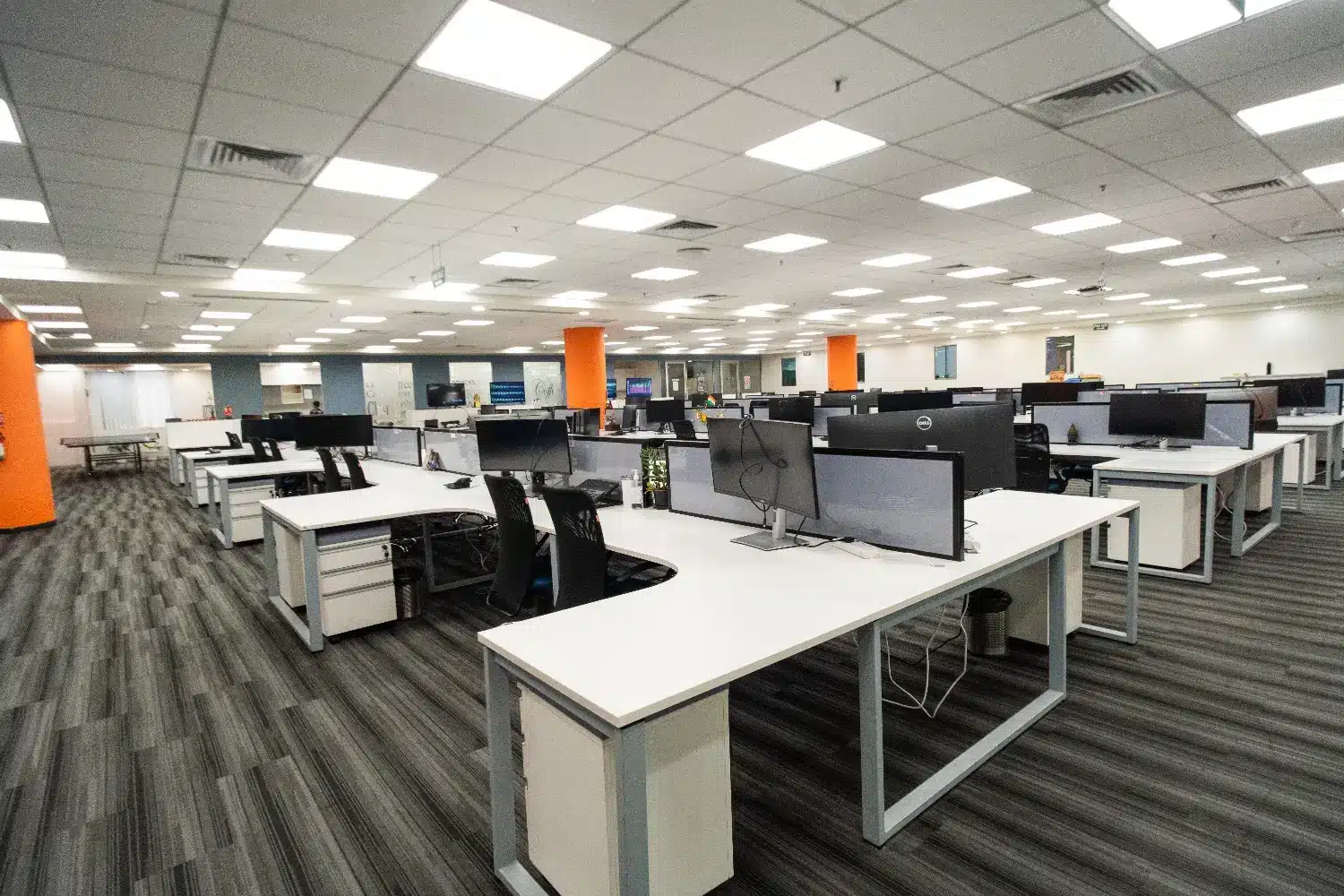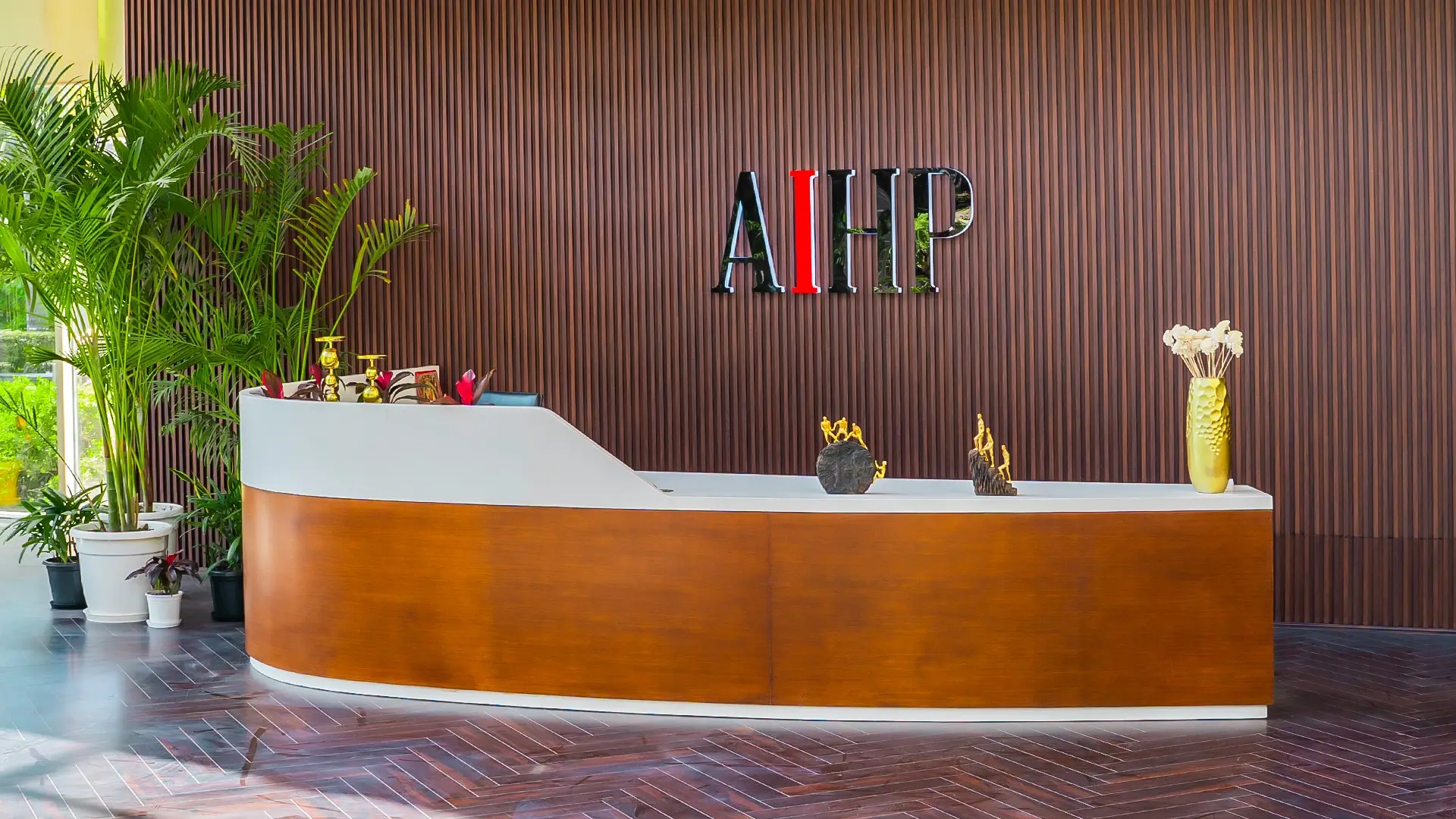Remote work keeps growing in popularity, yet businesses still need a physical base for in-person catch-ups. Striking a balance between flexibility and effective team building starts with office space for remote teams designed to support collaboration whenever on-site visits happen. Below are concise pointers to optimize your setup and boost engagement among distributed employees.
Understanding the Need for Office Space for Remote Teams
Work culture around the world underwent a massive transformation after 2020, and companies have had to adapt rapidly to maintain productivity and employee satisfaction Hybrid Work Statistics. A key insight that emerged is the realization that although remote work is efficient, it often lacks in-person opportunities to build camaraderie. Managers noticed that project brainstorms or problem-solving sessions benefit greatly from physical proximity, which helps convey nonverbal cues and fosters deeper trust.
Office space for remote teams, therefore, bridges this gap. It offers a space where distributed employees can converge at strategic intervals—monthly, quarterly, or even yearly—to nurture creativity, share insights, and align organizational goals.
For some businesses that thrive on interpersonal interactions, such as creative agencies or software R&D labs, a centralized meeting place is crucial for ensuring cohesive teamwork Workplace Design Studies. This physical environment is not meant to replace the benefits of remote setups but rather to complement them. The result is a balanced arrangement that supports both flexibility and face-to-face synergy.

Clarify Onsite Purpose
- Schedule “sync days” or milestone checkpoints where remote workers gather for brainstorming.
- Use these events for team bonding, ensuring stronger rapport than virtual calls alone can provide.
Layout with Adaptability in Mind
- Set up modular furniture to let teams customize meeting spaces on the fly.
- Maintain cozy lounges where colleagues can share ideas informally and quiet nooks for solo tasks.
- Keep ergonomics in check—quality chairs plus ample lighting go a long way in helping people stay comfortable.
Strengthen Tech Infrastructure
- Provide high-speed Wi-Fi with reliable backup for seamless connectivity.
- Offer soundproof conference rooms with HD video gear so remote staff remain looped in.
- Safeguard data via VPNs and secure file-sharing, considering how crucial confidentiality is for hybrid teams.
Align Office Amenities with Culture
- Combine work essentials (whiteboards, collaboration tools) with refreshing extras like coffee bars to encourage spontaneous chats.
- Incorporate a desk reservation system for hot-desking, minimizing conflicts when numerous people visit at once.
- Encourage employees to leave feedback on facility features—continuous improvement ensures the space stays relevant.
Choose Convenient Locations for Diverse Teams
- Well-connected spots lower commute times for remote members traveling in.
- Properties such as AIHP Millennium or AIHP Broadway are examples of sites with easy accessibility and modern infrastructure.
Consider Professional Workspace Solutions
- Providers like AIHP craft office spaces in Gurgaon that can be scaled up or downsized based on remote team requirements.
- AIHP Horizon and AIHP Tower exemplify their focus on design, offering flexible floor plans plus amenities that suit both frequent and occasional on-site workers.

Conclusion
Office space for remote teams provides a vital point of convergence that enriches remote work culture. When well-designed and tech-ready, it enables deeper interpersonal connections plus efficient collaboration. Rather than seeing it as a mere formality, view the office as a strategic resource that nurtures synergy, fosters team spirit, and offers a welcomed change of scenery for employees who mostly operate online.
By integrating flexible layouts, robust connectivity, and intentional team rituals, you can maximize the impact of in-person moments for your remote workforce. Opting for managed office spaces ensures a hassle-free experience, providing businesses with fully equipped work environments tailored to their needs. This thoughtful blend of face-to-face engagement and on-demand flexibility yields a work culture that is both productive and genuinely fulfilling.
Frequently Asked Questions (FAQs)
Monthly or quarterly meetups can be effective; the frequency depends on project complexity and team preferences.
A fast, secure network plus reliable video conferencing tools are top priorities. Collaboration platforms and cloud storage also help keep everyone aligned.
Coworking spaces offer flexibility and networking opportunities but might limit design customization if you want a more branded environment.
Combine secure Wi-Fi networks with VPN protocols. It’s also wise to brief employees on data privacy guidelines and equip rooms with card-based entry systems.



